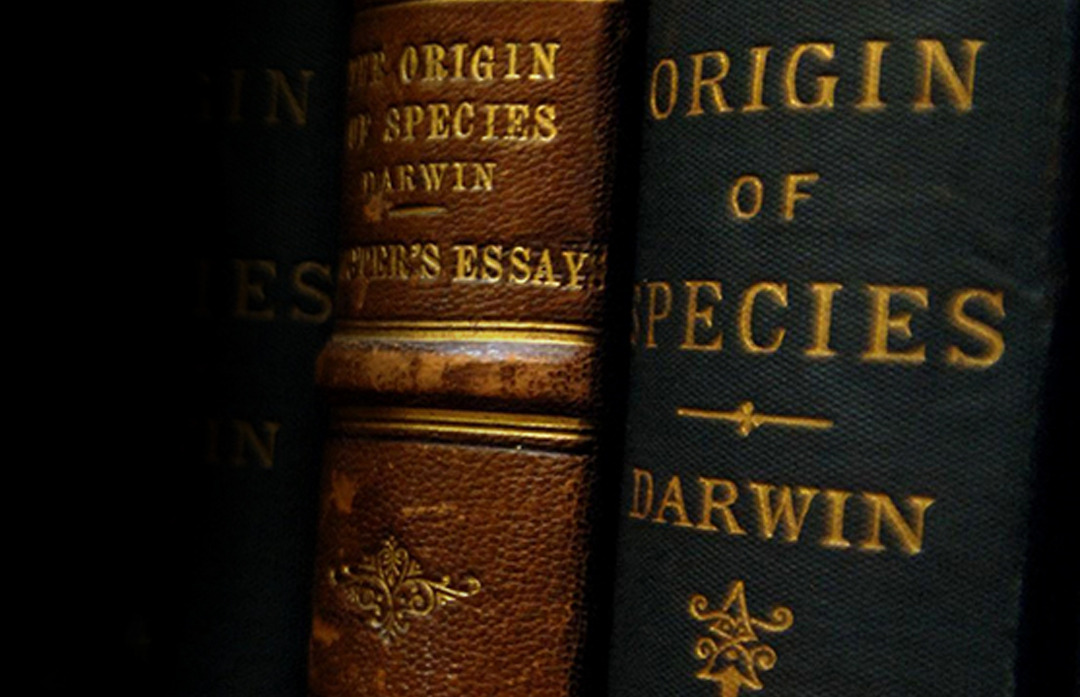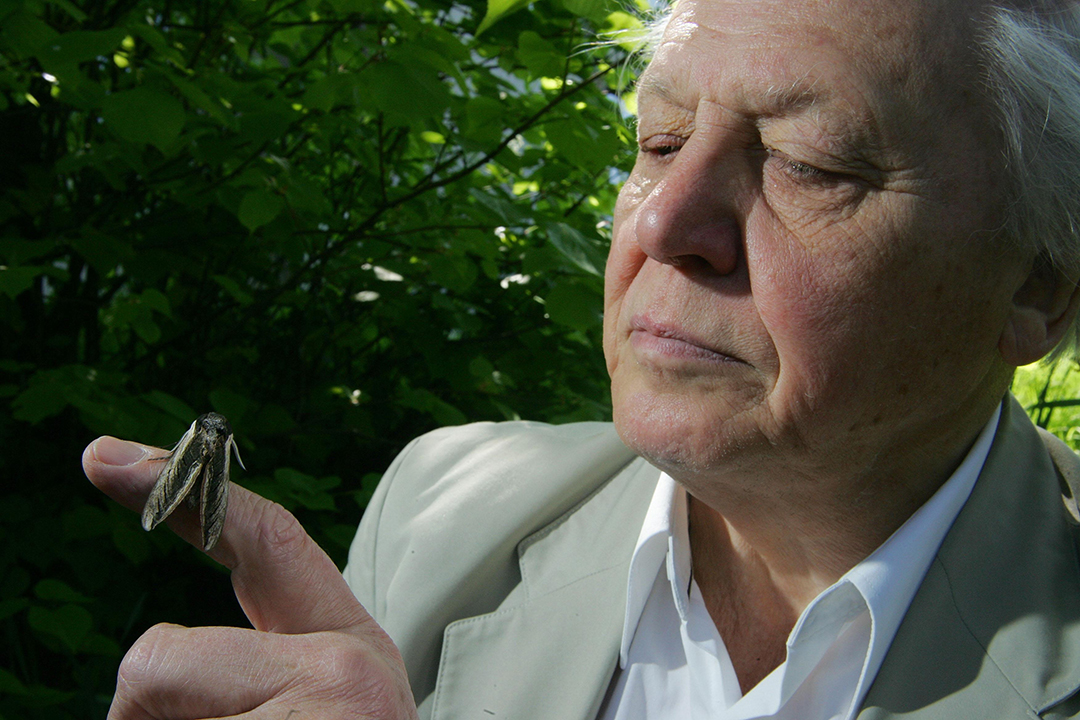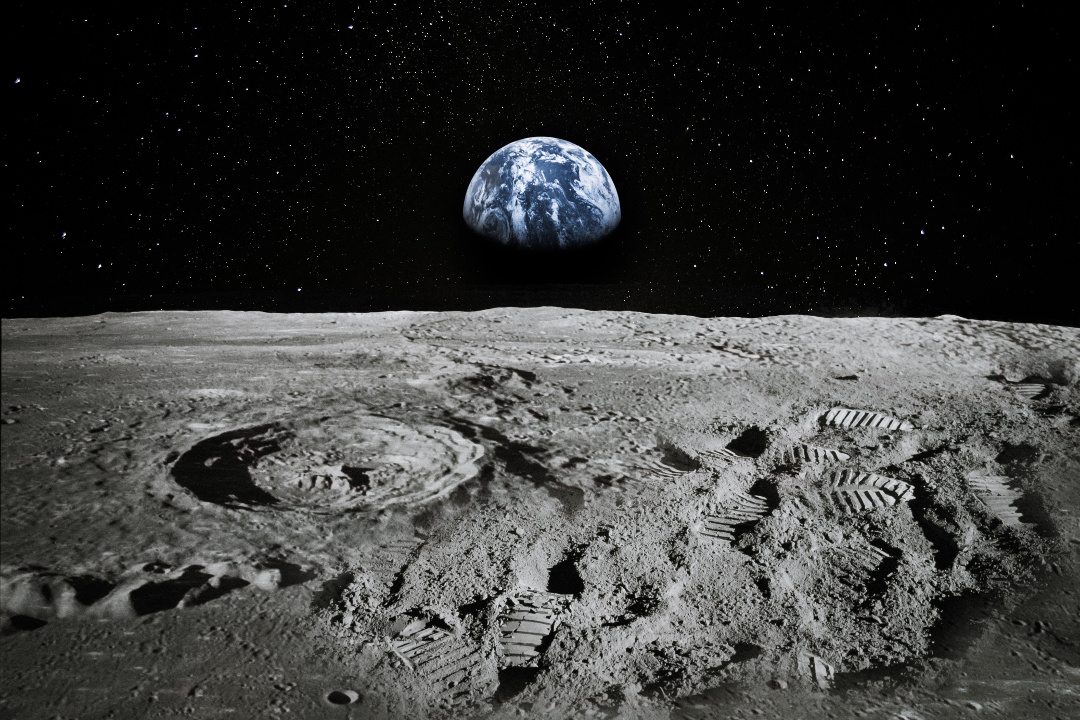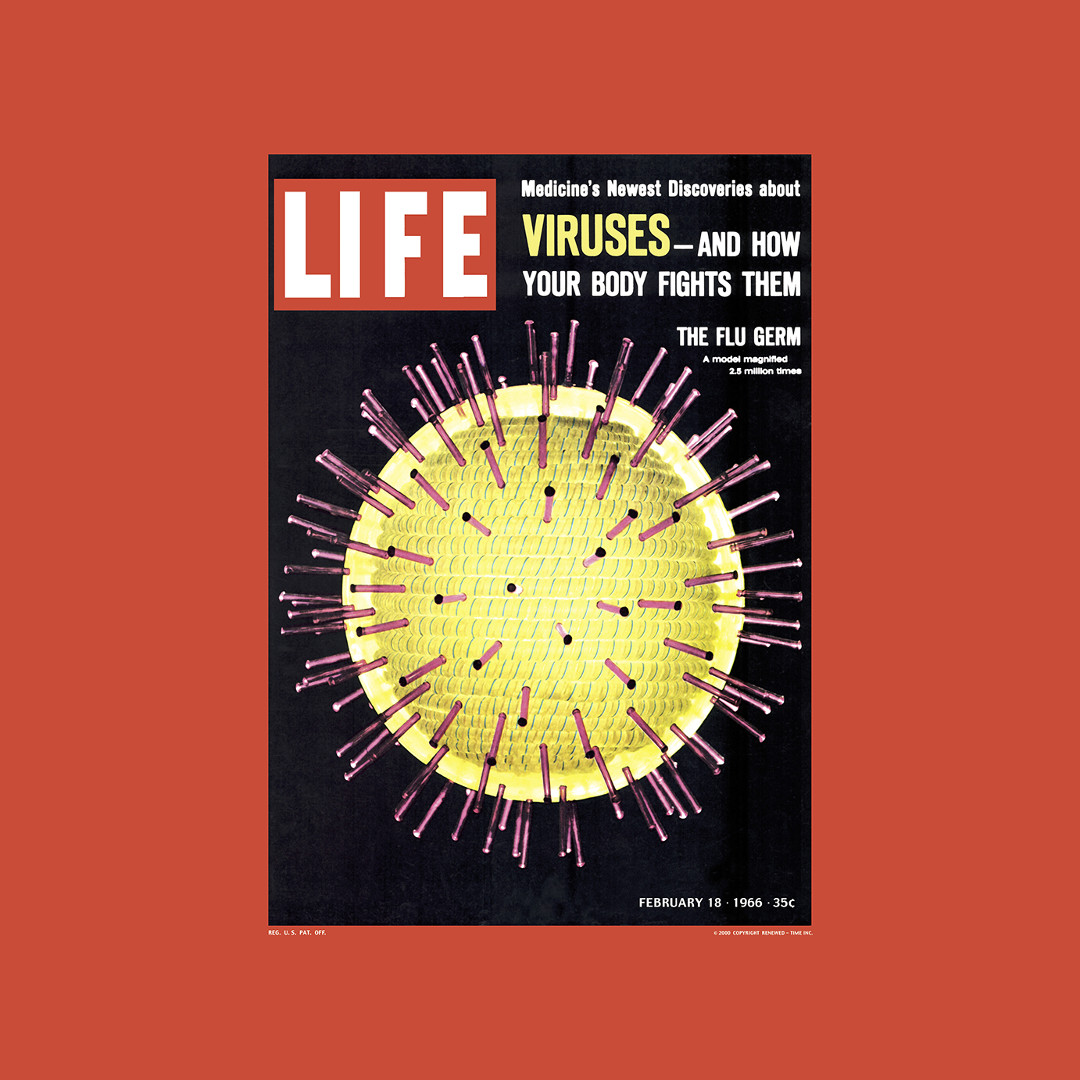
THE TIME OF OUR LIVES
The passage of time has proved that, in our world, species come and go through the ages. And thinking about it timewise tends to help us understand in which evolutionary stage are we standing. The idea of a cosmic calendar was popularized by Carl Sagan in the book “The Dragons of Eden” (1977) and in Episode 1 of his landmark television series “Cosmos, a Personal Voyage” (1980). Scaling it to the size of a football field, then “all of human history would occupy an area the size of (his) hand.” A small square. Prior to that, in 1979, David Attenborough flicks through the same calendar on “Life on Earth”, introducing all the forms of life that preceded Homo Sapiens. It started with bacteria: “More complex microorganisms like these didn’t develop until about the middle of August”, and intensified in November, when “the first animals left the water and colonized the land”.
It was not until December that “the dinosaurs disappeared and the mammals came into the Earth.” At last, “in the early morning of December 31, apes and apeman appeared. And we arrived about 2 minutes before the end of the last day.” In this triple revolution — physical, biological and intellectual — the last minute is particularly busy. Until midnight, mankind tamed fire, domesticated plants and animals, invented tools, settled agricultural communities that would evolve into cities, and created industries. But life itself appears much earlier: by the middle of the year (4 billion years ago), when clusters of genes — the library of instructions to an animal on how to solve the challenges of survival — began to reproduce.

What if there had been another stage in the evolutionary history of life, a precellular world? This hypothesis sustains that self-replicating RNA molecules (RiboNucleic Acid, that act as a messenger with genetic codes) proliferated before the evolution of DNA and proteins themselves, and which in some viruses is also the hereditary material. Proposed by American biologist and biophysicist Alexander Rich in 1962, it compels us to question if humans really are the pinnacle of evolution, or if that role belongs to the most abundant biological entities on Earth: viruses. Viruses are more numerous than stars in the universe: an estimated 10 nonillion (10 to the 31st power), 100 million times more. They infiltrate every aspect of our natural world,soil, seawater and atmosphere. More than 200 viruses are known to cause diseases in human beings. The new coronavirus is called that way because it seems to have a corona (the latin word for crown) made by its spikes. Because of the great diversity among these entities, biologists have struggled with how to classify and relate them to the conventional tree of life.
There is no clear explanation on their origin, only three classical theories: viruses are degenerate intracellular parasites (reduction hypothesis), viruses are cellular genes that escaped (escape hypothesis) and viruses are relics of precellular life (virusfirst hypothesis), being the precursors of life as we know it. The latter has been dismissed by some scientists because it violates the definition of viruses, in that they require a host cell to replicate. The discussion has gotten far murkier since the discovery, in 2003, of the first giant virus, a type of virus that contains many unique genes not found in other life forms.



